The explosive proposal of the European Super League in 2021 sent shockwaves through the football world, drawing fierce backlash from fans, players, governing bodies, and politicians alike. The vision of a closed league comprising the continent’s richest clubs challenged the traditional merit-based competition and threatened to reshape football’s landscape fundamentally. Although the initial plan collapsed within days due to widespread opposition, the idea behind it has not disappeared. Instead, it seems to be evolving into new forms, adapting to political pressures and fan sentiment while pursuing the same underlying ambitions: greater financial control, consistent high-profile matchups, and enhanced global appeal. The recent expansion of the FIFA Club World Cup, leaked details of clandestine meetings among elite clubs, and the rising experimentation with fan ownership models all suggest the Super League concept is morphing rather than dying. This article delves into how these developments interconnect and what they mean for football’s future.
Club World Cup Expansion as an Alternative
In the aftermath of the Super League fiasco, FIFA and UEFA have sought to reinforce their authority and offer competing visions of elite club football. A key move has been the expansion of the FIFA Club World Cup, transforming it from a small tournament featuring champions from each continent into a much larger, more commercially lucrative competition. The revamped format aims to emulate some of the Super League’s core appeals: guaranteed participation by top clubs, global reach, and concentrated marquee matchups.
This expanded Club World Cup serves multiple purposes. For FIFA, it is a strategic countermeasure to reassert control over club competitions and to capture lucrative broadcast and sponsorship deals that might otherwise have fueled breakaway leagues. For elite clubs, it offers a pathway to high-stakes matches without severing ties to traditional domestic and continental competitions, preserving a degree of competitive integrity.
Critically, the expanded Club World Cup appeals to a broader global audience, especially in emerging football markets, thereby increasing the sport’s global footprint. While it lacks the permanence of a closed league, its annual or biennial cycle and guaranteed presence of star clubs make it a potent alternative to the Super League, potentially satisfying some clubs’ ambitions in a less confrontational framework.
Secret Meeting Leaks Analysis
Despite the public rejection of the Super League, investigative journalists and insiders have reported ongoing secret meetings among top European clubs discussing various forms of collaboration beyond existing UEFA and domestic league structures. Leaked documents reveal discussions about new competition formats, revenue-sharing models, and governance structures aimed at increasing clubs’ bargaining power and financial stability.
These meetings underscore a gradual evolution rather than a wholesale abandonment of the Super League concept. Rather than a radical, closed league, the emerging idea focuses on flexible alliances, strategic scheduling of elite matchups, and enhanced commercial cooperation. The goal is to optimize revenues while navigating regulatory and fan opposition.
The leaks also indicate tension between traditional football governance and powerful clubs, highlighting unresolved issues around transparency, decision-making, and competitive fairness. UEFA’s resistance to these initiatives reflects fears of losing control and fragmentation of European football, while clubs push for more influence in shaping their competitive and financial futures.
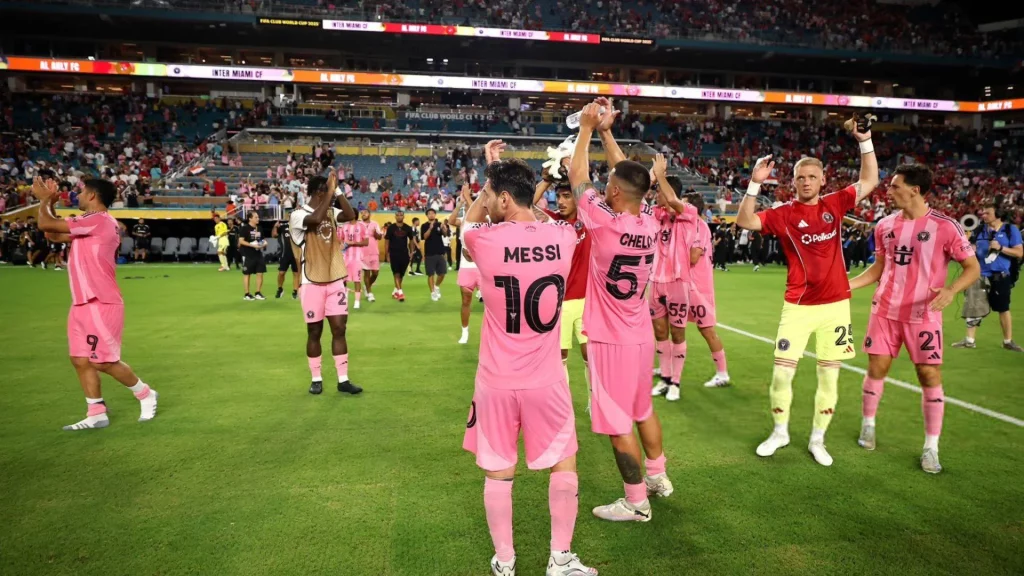
The secretive nature of these discussions has provoked concern among fans and football watchdogs, fueling calls for greater transparency and fan involvement in decision-making. The evolving Super League talks illustrate that the drive for structural change remains strong, but it now proceeds in a more subtle, politically sensitive manner.
Fan Ownership Model Experiments
In response to widespread fan backlash against closed competitions, some clubs and leagues are experimenting with fan ownership and governance models as a way to rebuild trust and demonstrate alignment with supporters’ interests. These initiatives range from partial fan shareholding to formal seats on club boards and participatory decision-making platforms.
Fan ownership models seek to counteract perceptions of elitism and commercial excess that fueled opposition to the original Super League proposal. By empowering supporters, clubs hope to reinforce community bonds and create sustainable revenue streams aligned with sporting merit rather than closed exclusivity.
Notable examples include smaller European clubs adopting 50+1 rules similar to those in Germany’s Bundesliga, which ensure majority fan control, and larger clubs piloting fan advisory councils. Technology is playing a growing role, with blockchain-based voting and membership platforms enabling greater fan engagement.
While fan ownership experiments have yet to reach the richest and most powerful clubs that drove the Super League proposal, the concept signals an important shift toward more inclusive governance. It also poses a challenge to traditional football hierarchies, potentially altering the balance of power between owners, governing bodies, and supporters.
Conclusion
The death of the Super League in 2021 was more symbolic than literal. The ambitions that drove it—financial sustainability, global reach, elite competition—have not vanished but transformed into more nuanced strategies. The expanded FIFA Club World Cup offers a credible alternative platform, while ongoing secret meetings suggest elite clubs continue to seek structural innovations. Fan ownership experiments demonstrate a parallel movement to align football more closely with supporter interests.
This multifaceted evolution highlights the complexity of modern football governance, where commercial imperatives, fan sentiment, and regulatory frameworks intersect. Whether the Super League concept will ever reemerge in a recognizable form remains uncertain, but its core drivers will continue to shape football’s trajectory for years to come. The sport is entering a new phase where adaptation, negotiation, and innovation will define how the game balances tradition with modern demands.

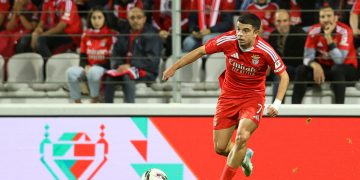

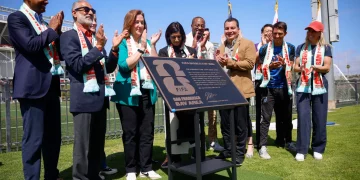












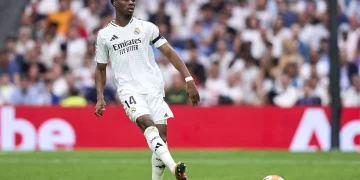




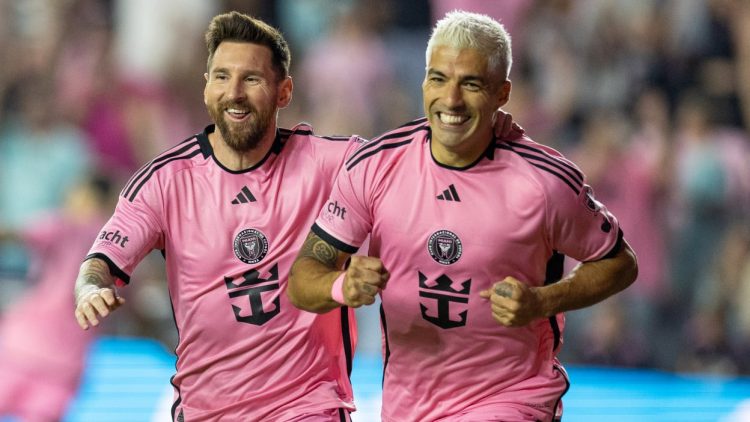












Discussion about this post